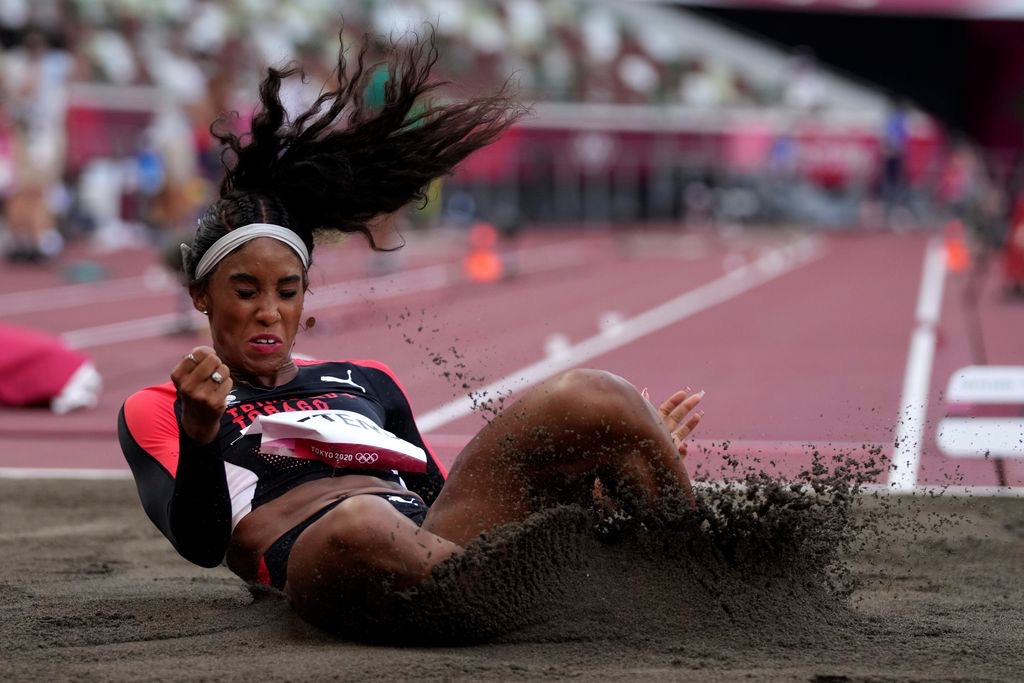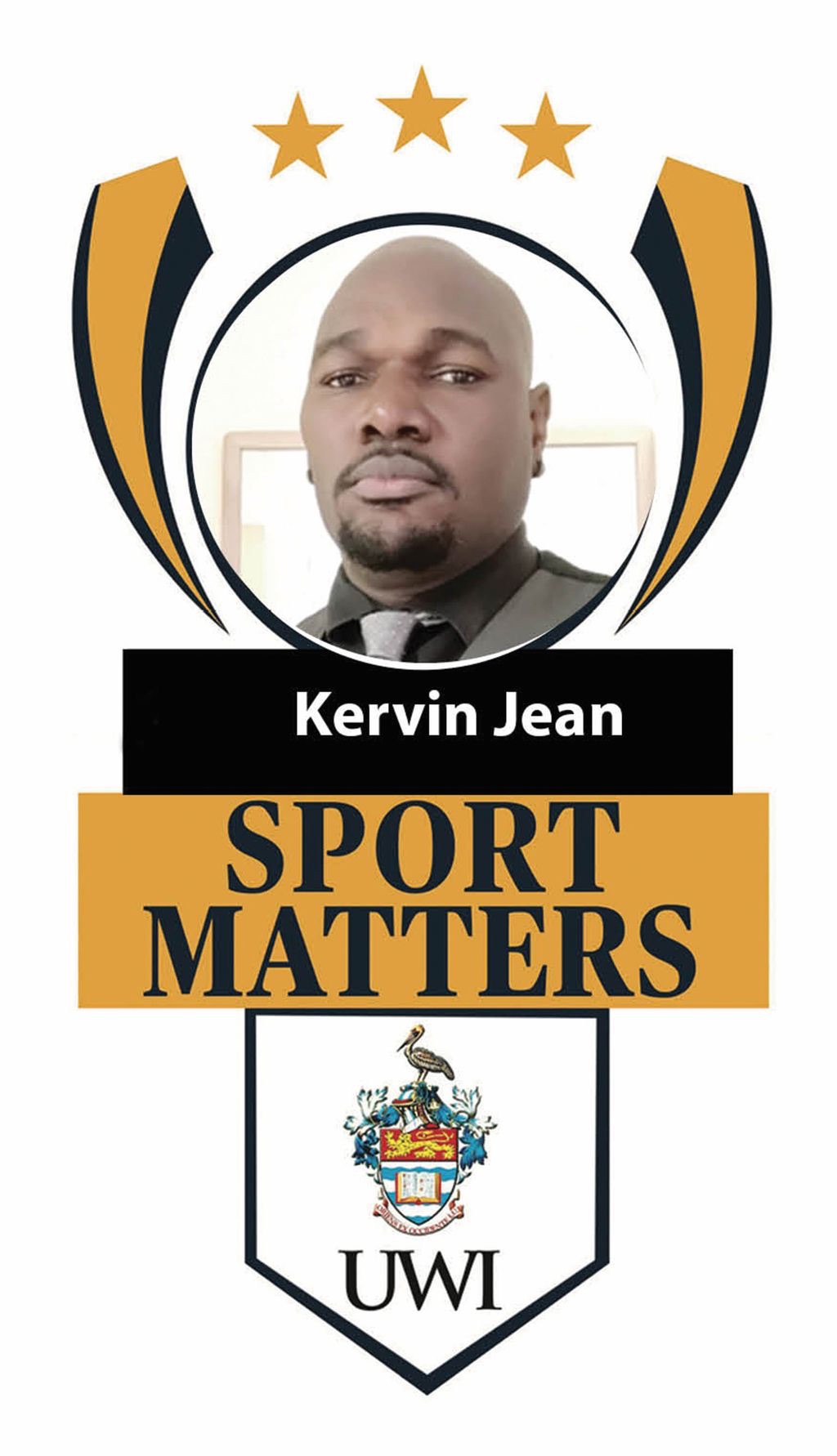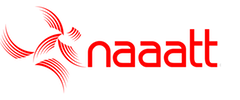
Theoretical sport development vs practical sport development
![]() : Guardian : Kervin Jean : 19.09.2021
: Guardian : Kervin Jean : 19.09.2021
Sport development is a construct that has been touted a lot during the last decade in the region. As many Caribbean athletes assert their dominance and secure medals at the highest levels of international sport, public pressure has forced many government officials to seriously consider or reconsider investments in sport development. In pursuit of this, a number of initiatives have been launched or executed. For such initiatives to be meaningful, there is a need to understand what sport development is.
Basically, sport development entails the implementation of systems, infrastructure and policies that seek to facilitate participation in sport, as well as the establishment of pathways for the continuous development of athletes and/or sport infrastructure. Given the fact that many of the jurisdictions in the Caribbean are of different sizes, populations and socio-economic stages of development, one can infer that the fine details of sport development programmes may vary from one jurisdiction to another.
The reality is that the countries of the Caribbean are at different stages in the continuum of sport development. What may be considered as significant development in one jurisdiction may not be considered so in another that may be way up a continuum. It is important to note that this continuum has no finite end because the more development there is, the more there will be to achieve. Hence, even in the most advanced countries of the world, sport development exists to facilitate improved performances by their athletes. Throughout the Caribbean, there are investments in sporting infrastructure, programming, athlete welfare and funding, and capacity building programmes. In most instances, millions are spent on these projects. However, the question is: to what end? If one were to ask the sport administrators in each of the jurisdictions whether or not they have seen sport developed over the last decade, the answer would most likely be in the affirmative. In fact, statistics on programmes, athlete achievements, infrastructure and investments in sport would be put forward in defence of their answer. But for their answers to be accurate, there would be a need to evaluate their performances in the following areas:
Sporting infrastructure
Policy and regulatory frameworks
Athlete development
Capacity building
Administration/monitoring and management
Funding and financial arrangements
Sport-specific programming, and;
A system of/for sustainable recruitment and progression
Sporting Infrastructure
Any discussion of sport development must start with the availability of basic sporting infrastructure to service the needs of the various sporting disciplines in a jurisdiction. The level of development would be dependent on the aspirations of the administration with the responsibility for sport. For instance, if one intends to achieve excellence at the international level, those facilities should be of an international standard, to facilitate training sessions and games/matches. Additionally, there should be enough facilities to meet the demands of stakeholders and participants in various sporting disciplines.
Policy and Regulatory Framework
Just as any type of construction or development requires detailed plans, so too does sport development. The various components that make up the sporting framework must work in sync with each other. There should be no disconnect among the stakeholders. There should be an overarching plan to which individuals can subscribe and align their operations to, in order to ensure that the national mandate is being pursued. That is the nature of sport policy. Subsequent to the establishment of a national mandate, there has to be regulatory framework implemented to steer stakeholders in the direction of the national strategy. If this regulatory framework is not instituted, then there would be no incentive for anyone to follow or adopt the policy mandates.
Athlete Development
In the Caribbean, many are of the opinion that a government's obligation is to provide for national athletes who represent the country (amateurs), whilst those athletes who break into the elite sphere and are, therefore, capable of providing for themselves, should not be the affair of the state. Others argue that athletes should be catered for, no matter their level, as their achievements internationally redound to the benefits of the state and facilitate national pride and cohesion. Whatever position one may wish to embrace, the state should, at very least, employ a system that focuses on talent identification at all levels, with measures designed to develop the said talent through high-performance training to the elite level. An absence of an athlete development framework signals a state's or a country's lack of sport development aspirations and mandates.


